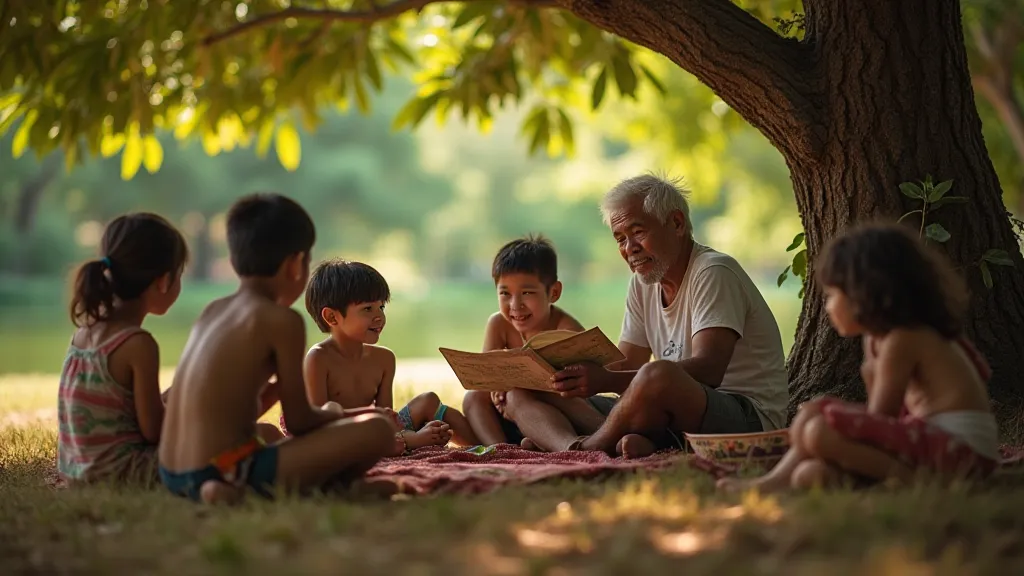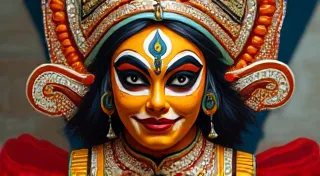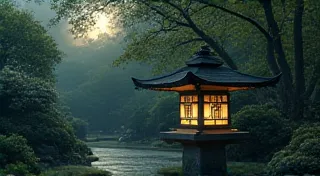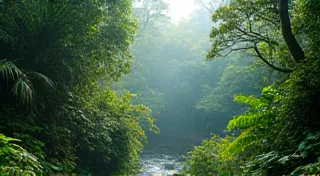Folklore of the Philippines: Aswang, Diwata, and the Spirits of Nature
The Philippines, an archipelago of over 7,000 islands, boasts a rich tapestry of storytelling traditions woven through centuries of diverse cultural influences. From pre-colonial animistic beliefs to Spanish colonial narratives and beyond, Philippine folklore is a vibrant reflection of the nation’s history, geography, and worldview. This article delves into some key elements of this folklore, focusing on the infamous Aswang, the revered Diwata (deities), and the pervasive beliefs in the spirits of nature.
The Aswang: Shadows and Fears
Perhaps the most well-known and feared figures in Philippine folklore are the Aswang. These shape-shifting creatures are often described as beings that transform from human to animal, typically a dog, cat, or bird. They are often portrayed as nocturnal predators, consuming human flesh, particularly the unborn or weak. The Aswang embodies anxieties about vulnerability, disease, and the breakdown of social order. Tales of Aswang serve as warnings against greed, envy, and dishonesty, reinforcing the importance of community and moral conduct. The specific manifestations of the Aswang vary regionally; some are portrayed as beautiful women who lure victims, while others are depicted as grotesque monsters.
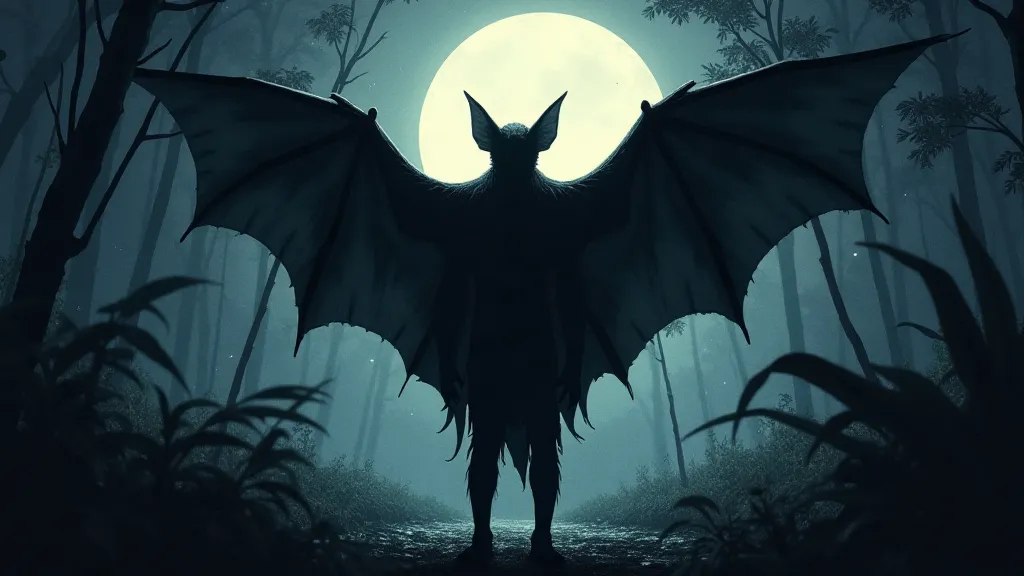
Diwata: Guardians of the Natural World
In stark contrast to the fearsome Aswang, the Diwata represent a more benevolent aspect of Philippine folklore. These are spirits or deities, often associated with specific locations like mountains, forests, and bodies of water. They are considered guardians of nature and are revered for their power and wisdom. Diwata are not always clearly defined as gods and goddesses; often, they are more akin to powerful nature spirits who can intervene in human affairs. Offerings and prayers are made to appease them and seek their blessings. The respect shown to the Diwata reflects a deep-rooted understanding of the interconnectedness between humanity and the natural world.
Regional variations abound in the Diwata pantheon. In Luzon, for example, the Anito are ancestral spirits who can offer guidance and protection. In Visayas, the Maria Cely is a benevolent Diwata who protects fishermen. The diverse nature of these spirits showcases the complexity of Philippine belief systems.
Spirits of Nature: Anito and the Living Landscape
Beyond the Aswang and Diwata, Philippine folklore is replete with beliefs in countless other spirits inhabiting the natural world. Anito, ancestral spirits, are central to many traditional practices. They are believed to remain connected to the living, influencing events and offering guidance. Rituals and ceremonies are often performed to honor them and maintain a harmonious relationship. These spirits often reside in places of significance – old trees, rivers, and ancestral burial grounds. They remind people that even in death, there is a continued connection to the earth and their ancestors.
The belief in spirits permeates daily life. Farmers ask permission from the spirits before harvesting, fishermen offer prayers for a bountiful catch, and families pay respect to the spirits of their ancestors. This constant dialogue with the unseen world reinforces a profound respect for nature and a sense of belonging to a larger, interconnected web of existence.
Themes of Respect and Harmony
Philippine folklore, despite its often-terrifying aspects, ultimately emphasizes core values of respect, harmony, and interconnectedness. The stories serve as cautionary tales, guiding people towards virtuous behavior and fostering a deep appreciation for the environment. The Aswang's actions highlight the consequences of disrupting societal norms, while the Diwata embody the importance of respecting the natural world. The beliefs in the spirits reflect a cultural understanding that humanity is not separate from nature, but a vital part of it.

Preserving the Legacy
Despite the influences of modernization and globalization, Philippine folklore continues to thrive, passed down through generations through oral traditions, rituals, and storytelling. Efforts are being made to document and preserve these valuable cultural treasures, ensuring that the wisdom and beauty of Philippine folklore will continue to inspire and enrich the lives of Filipinos for generations to come. Recognizing the importance of these stories is critical for maintaining cultural identity and promoting a deeper understanding of the Philippine experience.
